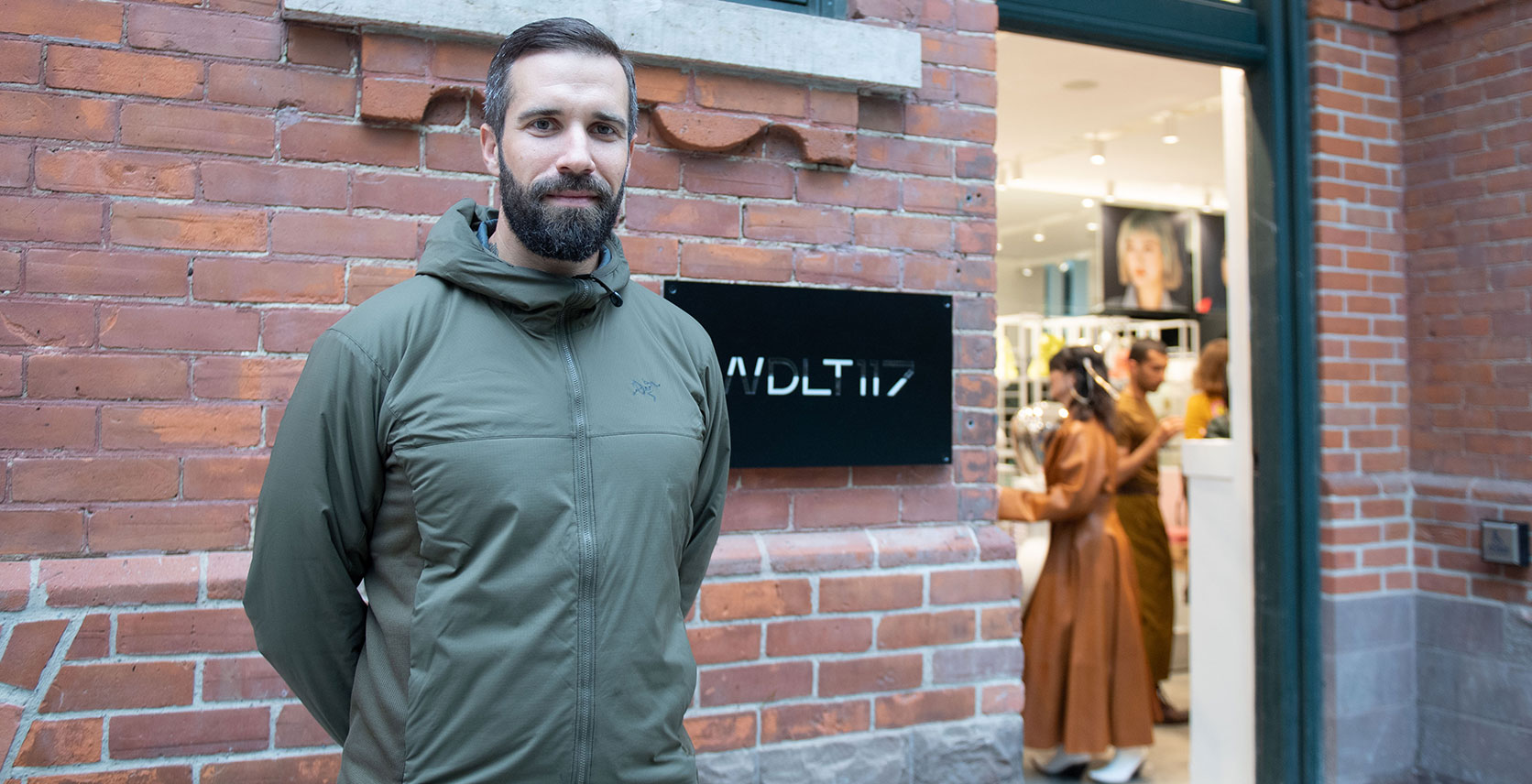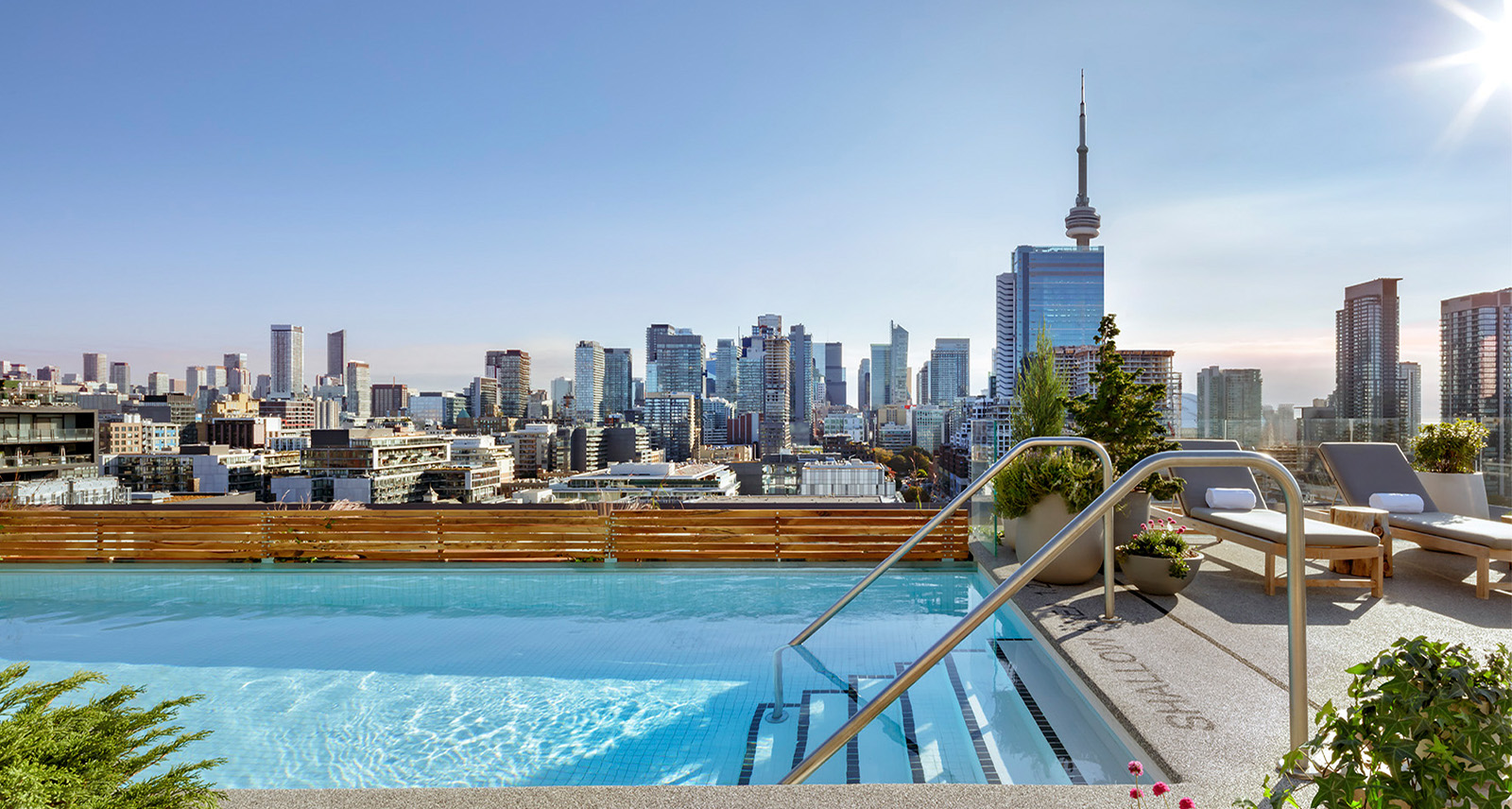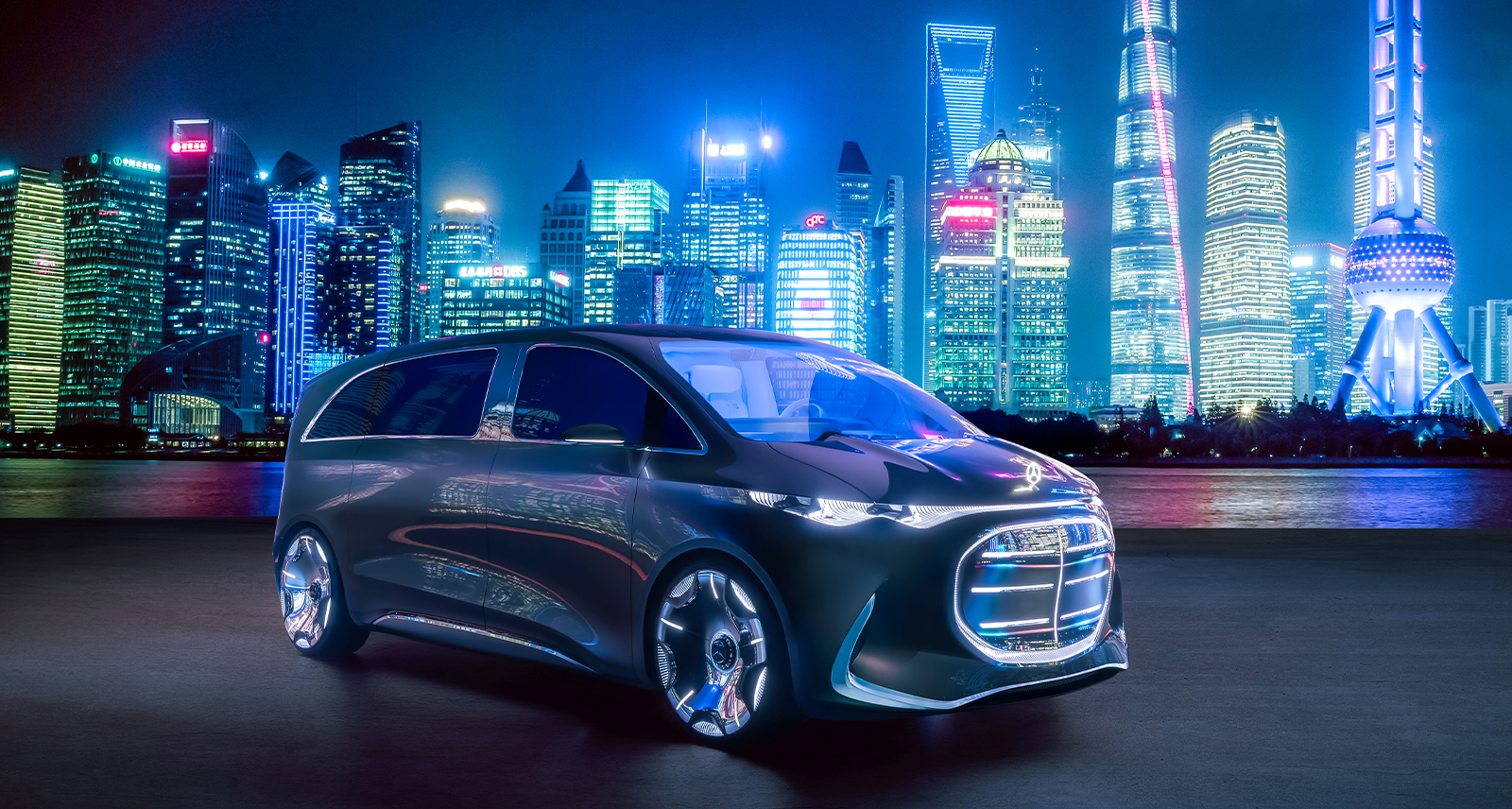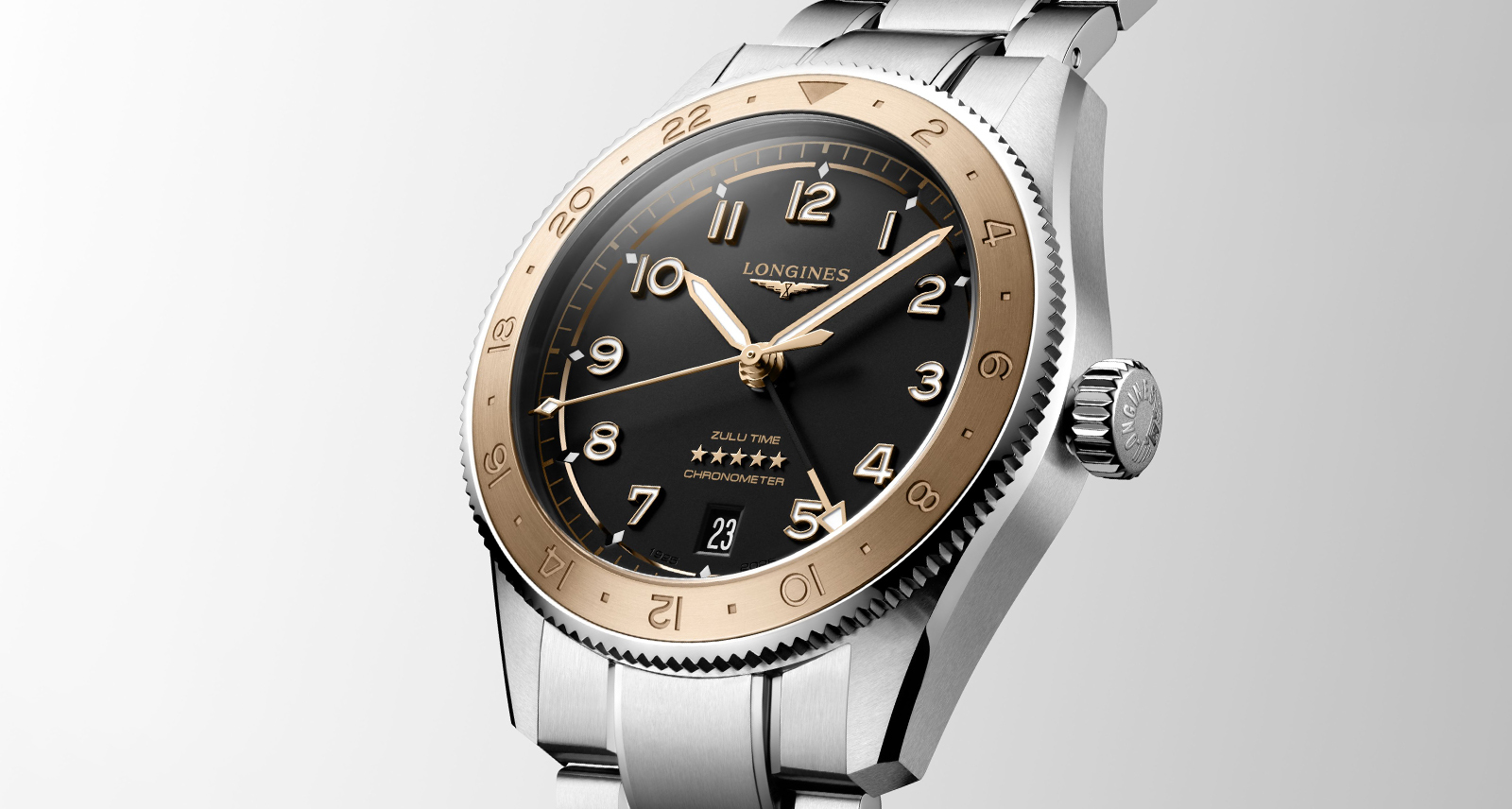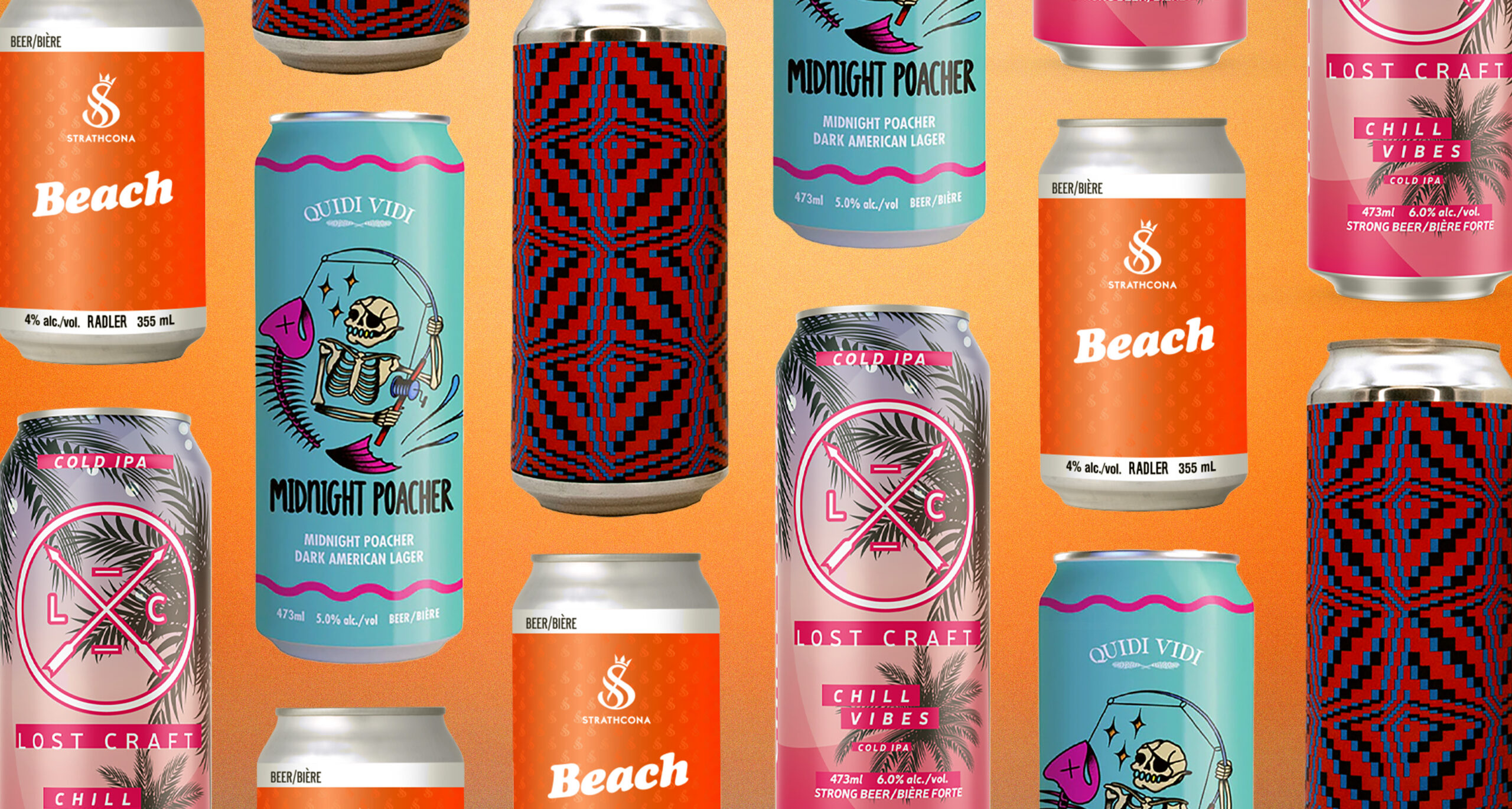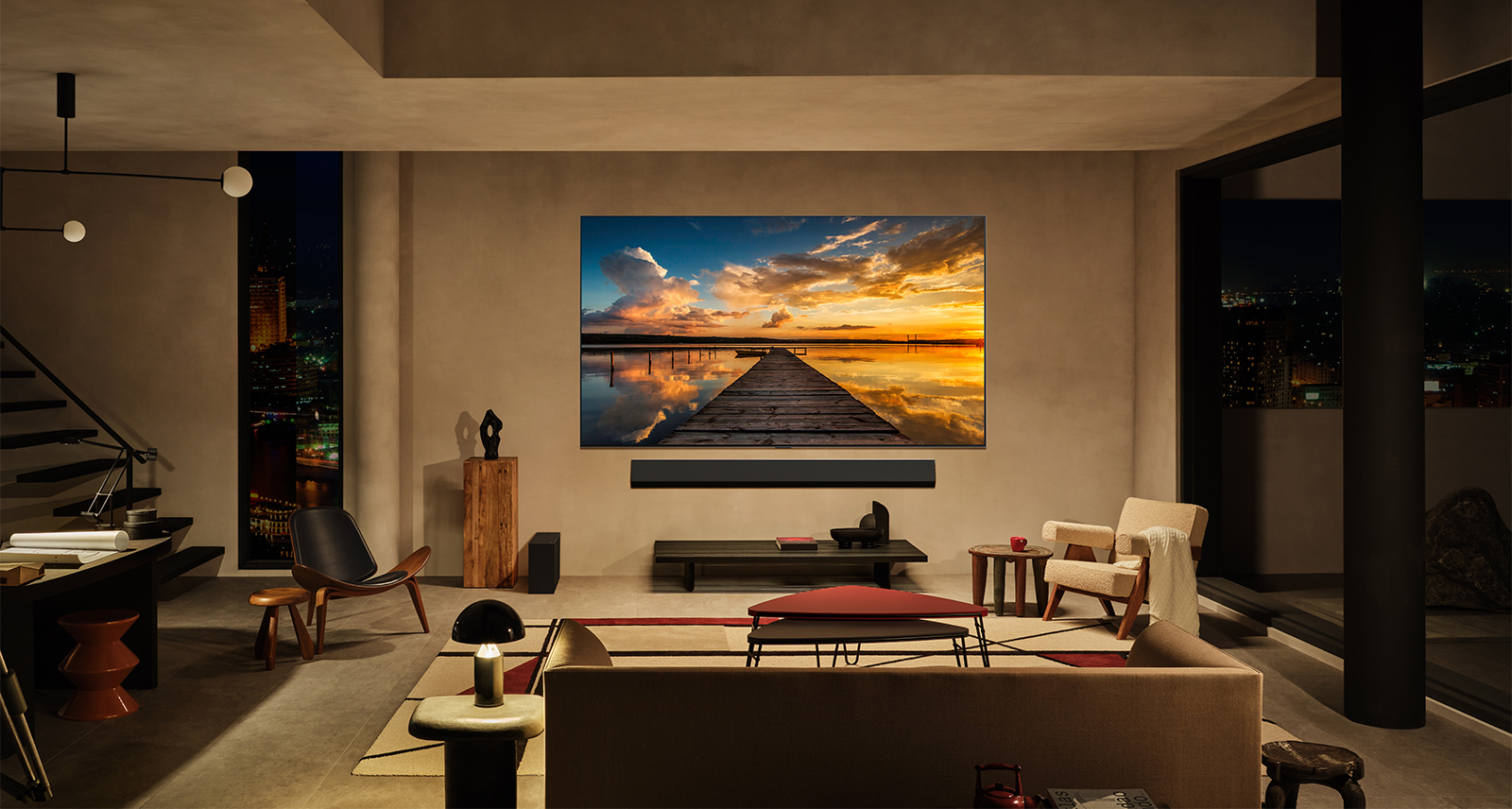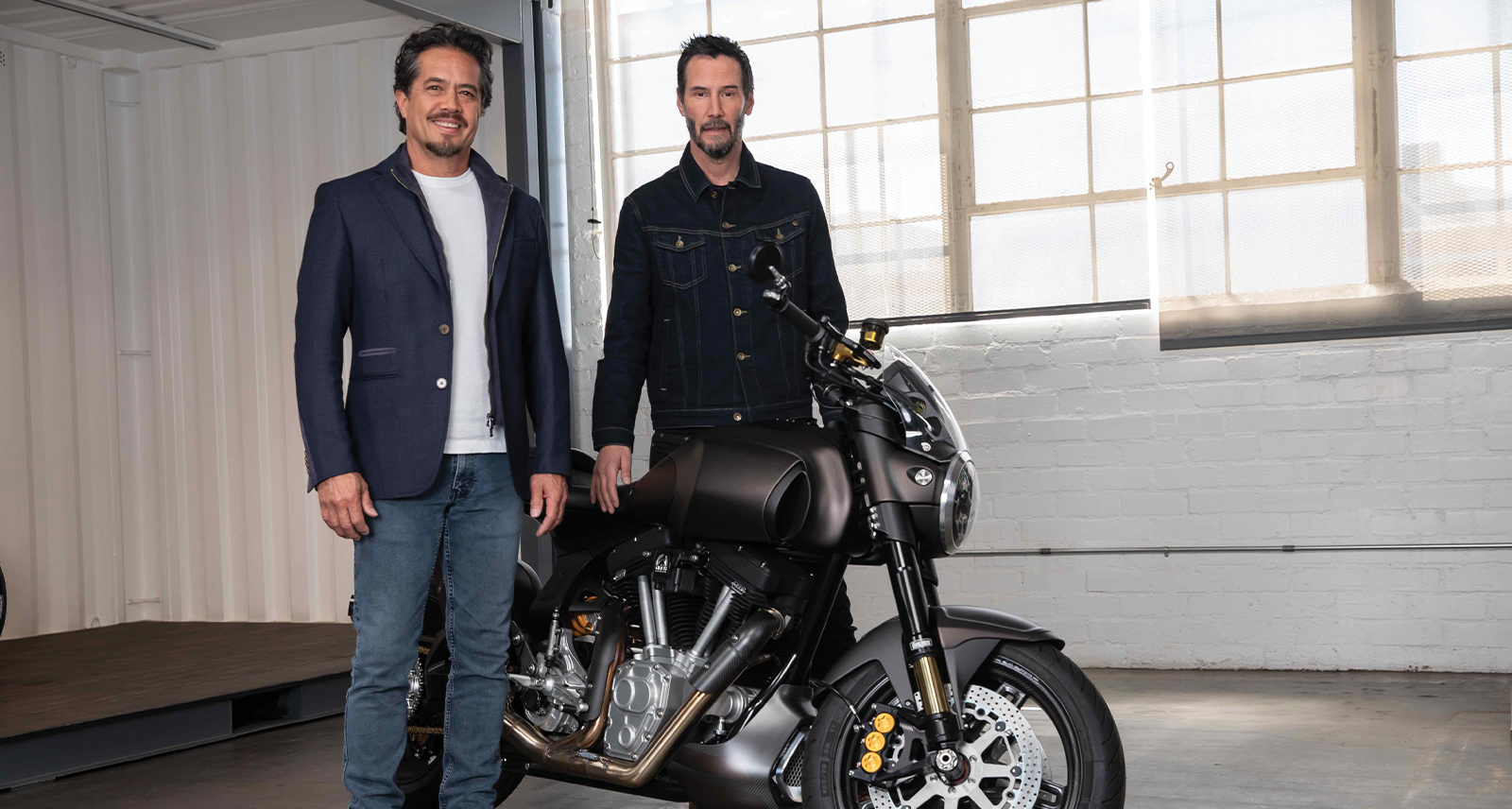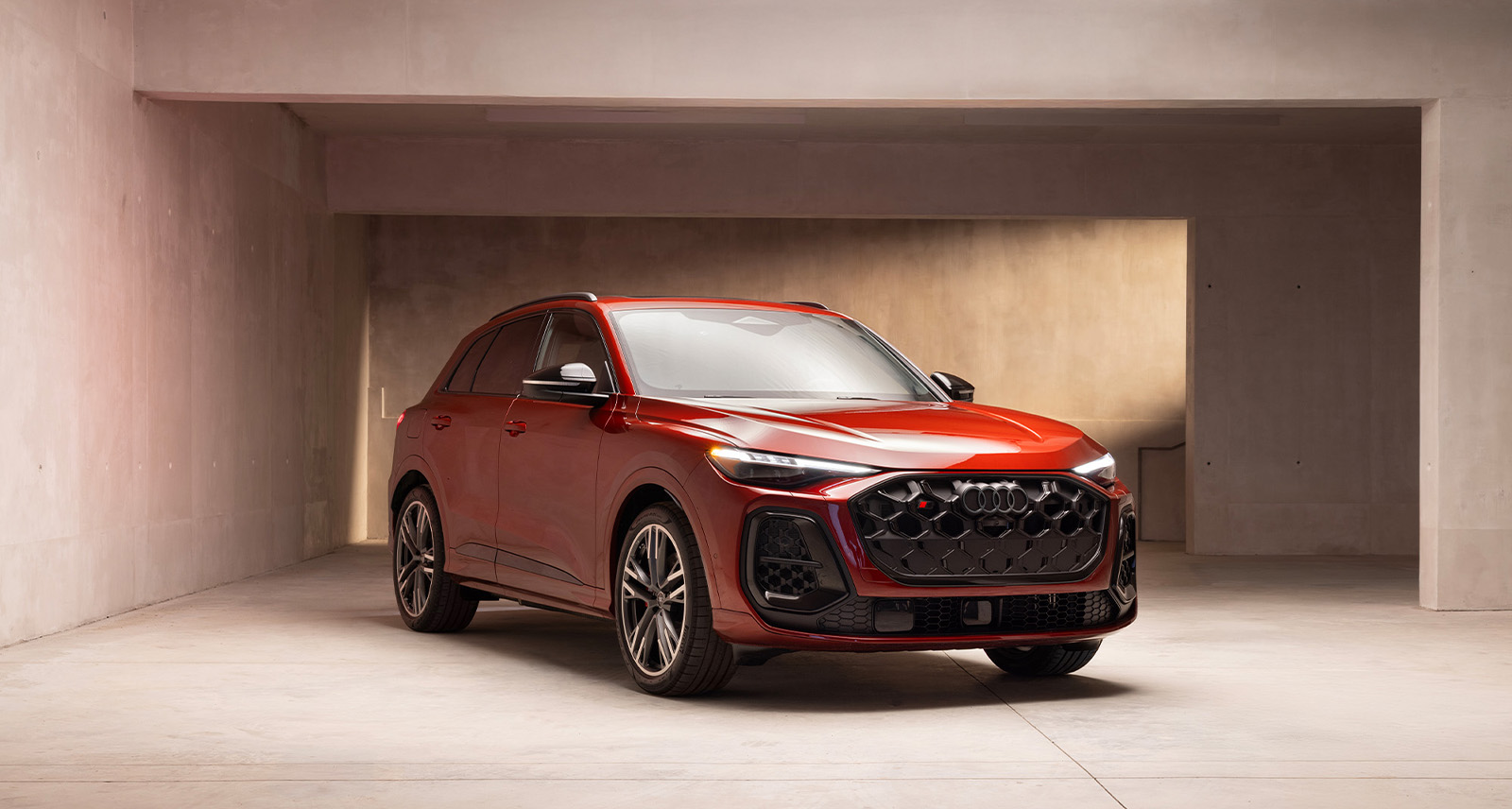This Is Not a F*cking Street Style Interview with Adam Katz Sinding
You’ll have to forgive Adam Katz Sinding if he’s feeling a little jaded these days. It could have something to do with the jet lag, considering the world-renowned street style photographer is on the road roughly 300 days out of 365 traveling the fashion week circuit. He’s not just attending the Big Four either – London, Paris, New York, and Milan – he’s also hitting smaller, less-celebrated fashion capitals like Tbilisi, Georgia and Kiev. (He was just in Australia for Sydney Fashion Week before coming to the 6ix.) After a decade-plus of fashion portraits, it’s how he stays engaged, documenting new local scenes and faces as much as fresh styles, and helping give him a unique perspective on the current state of street style and the global fashion industry.
That’s how Katz Sinding made his first visit to Toronto (although, just going off the numbers, you had to figure he’d get here eventually). He was in town for the grand opening of WDLT117, a new designer retail store that opened its doors in Yorkville over the weekend and was inspired by a simple concept: wanderlust.
So it only makes sense they’d bring in the globetrotting photographer, who took the series of portraits adorning the store’s walls, and was on hand to sign copies of his 2018 book This is Not a F*cking Street Style Book. (He also ended up at Yonge & Dundas for the Raptors’ ECF victory, a bit of a happy accident: “It was so cool. Because even if you don’t care about the sport, you just watch people coming together. It’s like the Olympics.”)
We sat down with Katz Sinding to talk about his world travels, what has him feeling so jaded about the fashion industry, and why he was pleasantly surprised by Torontonians’ street style.
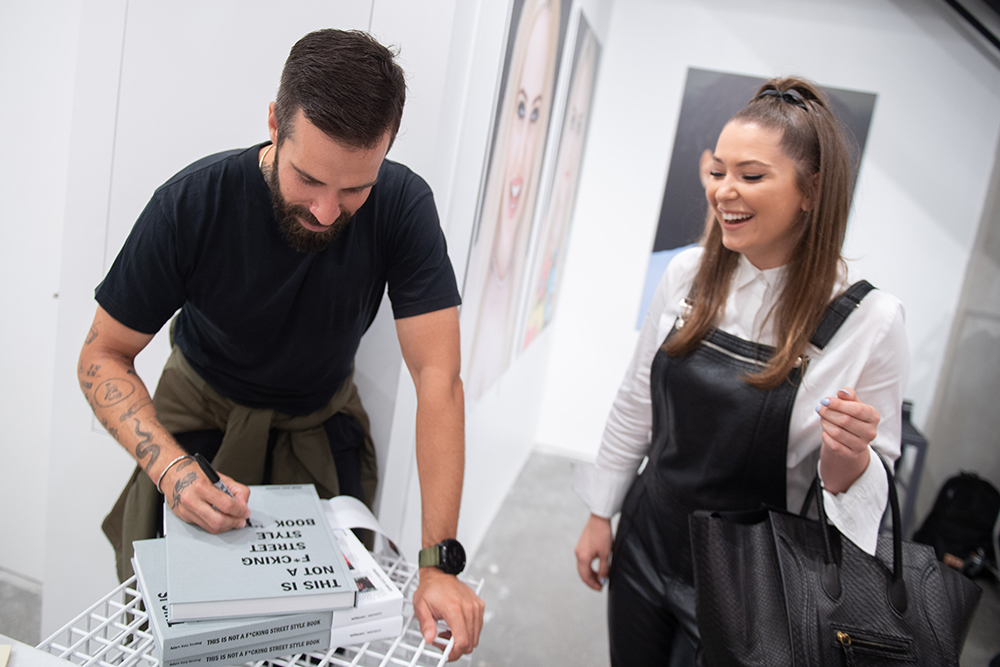
I’m sure you get asked this wherever you go, but one thing about Toronto, we love to see how we stack up compared to other cities. I know this is your first time here. Have you had a chance to get an idea of what Toronto’s style is like?
Only through the store and the people that have come through here. It’s better than I expected. The shopping here is next level. Some of the stores that are from here – like that store HAVEN, I buy a lot of stuff from them, and I didn’t even realize they were from here. I knew they were Canadian, I’ve been to their store in Vancouver, but that’s a really next level streetwear store.
Just walking around here in Yorkville, there’s everything here. I think that lends itself to a really well-dressed landscape. People have turned up in sick sneakers, and just seeing people on the street, it’s much better than I was expecting for a North American city. I wouldn’t have been surprised if I would’ve come here and not seen that much interesting stuff. Just because.
I only really expect to see well-dressed people in New York. The end. Even LA, I don’t consider LA anything [special]. It’s just New York. So to see any other place where that’s happening is really exciting. I don’t know if there’s necessarily like a “Toronto style.” But I don’t think there is really anywhere anymore with the advent of Instagram. Everybody’s trying to do the same thing to a certain extent. With maybe a little personal flair. I definitely couldn’t tell you something that is really super Toronto.
I don’t know that I could either.
Right. But you could do that with Paris. You could do that with New York. But it’s also probably pretty new here, right? That people really cared about [style]. That takes time to develop. That takes a long time, to develop an identity. If anything, the stereotypes would probably be negative stereotypes that develop first. In Seattle, I would always say, everybody just wears a North Face polar fleece or a GORE-TEX shell. And Ugg boots. Or LA is going to be, like, sandals. Or a biker jacket and skinny jeans. I think the negative stuff arises first, and then the individuals arise as a byproduct of that. To break from that stereotype.
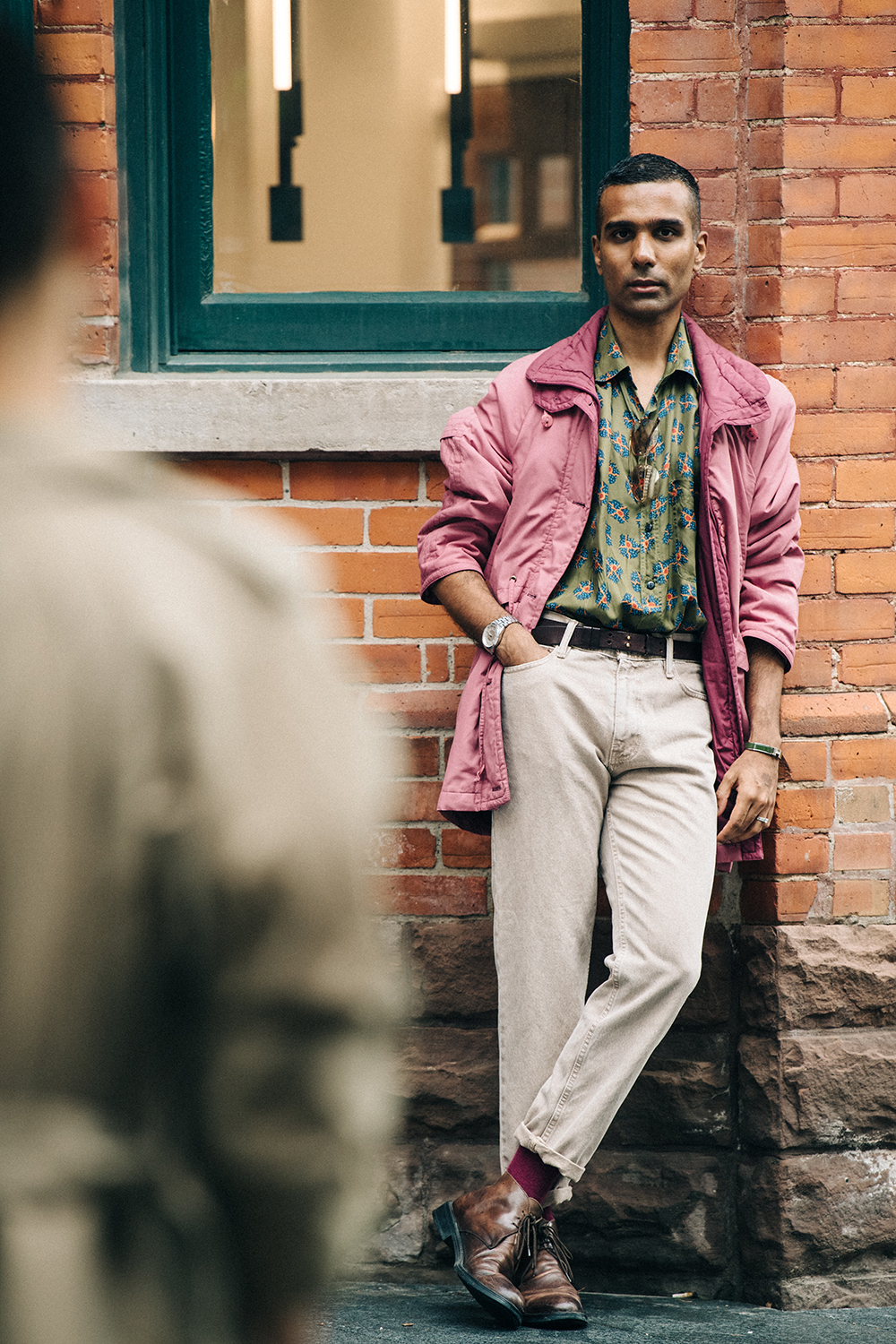
You do a lot of traveling to places outside the Big Four for fashion weeks. Why’s it important for you to get off the beaten path like that?
You can only take photos of the same 40 people every hour, 8 hours a day, for 30 days straight for so long before you lose your mind. Not to say that they’re not some of the best-dressed people in the world, but you gotta switch it up. Same reason I do backstage, because I just need to do something different. Besides literally watching people arrive and depart a venue.
Going to other cities, you see people that don’t go to the Big Four. You see different brands, you see different architectural facades in the background. Different ethnicities. So then, different faces, that are engaging in different ways. To do justice to what I’m trying to do, you have to tell the whole story. If I just run around taking a bunch of photos of New Yorkers, Londoners, Milanese and Parisians, that’s not the whole world. That’s a whole bunch of… pretty much just white people, right? That’s not fair. That’s not the world.
So I think it’s important to go to Seoul. I went to Fashion Week in Fiji. And to go to Georgia. I went to an event in Armenia. And Moscow and Kiev. I do all of Scandinavia. I went to one in Israel, and Iceland. Istanbul. I would love to go to fashion weeks on the African continent. I hope that will happen – I need to get invited to go. I’ve done Shanghai and Tokyo too. But I want to see even more off the beaten path. Because even when you go through Europe, everything becomes somewhat the same: Oslo, even though they’re wearing Norwegian designers, is not that much different from Stockholm wearing Swedish designers, or Denmark wearing Danish designers. It’s all kind of the same. It’s nice going to Kiev and seeing something different. I just want it to be even weirder. Even more different. Because it all becomes the same otherwise. So it’s more just for my own stimulation, I guess. [Laughs.]
And also, I mean, look, somebody invited me to come to Toronto to do something cool. I want to go here; it’s somewhere I’ve never been before. I’m gonna go. If you tell me there’s a fashion week in Kyrgyzstan, I’m gonna go. Because how many people do you know that have been to Kyrgyzstan?
But if fashion’s becoming more homogenous thanks to social media and Instagram, are you actually seeing different kinds of local style at these more out-of-the-way places?
Yes and no. The richer guard are all wearing what’s on trend because they’re able to afford it. The problem is, with a lot of those places – new emerging economies – you don’t really have a middle class. There’s just the low and the high, and the high is super high, and the low is pretty low. Going to Fashion Week in Kiev, for example. You’ll see kids who will vintage shop. And buy, let’s say an Yves Saint Laurent button-up shirt, but it’s like a licensed Yves Saint Laurent button-up shirt. It was probably sold at JCPenney and then some guy gave it to the secondhand store. But now some kid has bought it and styled it super cool. Bought it because it’s a “brand name,” and it looks cooler than some rich guy who can go out and afford to buy the newest Saint Laurent.
But yeah, you get the rich trophy wives wearing everything that they “should” be wearing, and you see that everywhere and it’s not terribly interesting. The only thing is, the individuals might look different because they’re of a different ethnic background. But there’s only so many times you can see a head-to-toe Balenciaga look and be excited by that. I prefer to see the kids who have no money but are passionate about fashion. And scrounge together whatever money they can save to put together some look that they’ve thrifted, or stolen, and look so cool because of it. Or buy some knockoff sneaker and I’m too dumb to know that it’s fake. I’ve done that – I’ve shot stuff for HYPEBEAST and Highsnobiety and people are like, “Yo, those are fake.” And I’m like, “Well, they fooled me. That’s a pretty damn good counterfeit. Good for you.”
I don’t like the idea of counterfeit stuff, but I also kind of think it’s funny when they can pull the wool over our eyes. Like how Balenciaga or Vetements can sell you something that they literally bought at a vintage store, made an actual copy of it, and then sell it to you for $1,900. Good for them. If I’m too dumb to know that’s literally just somebody’s wedding dress, then I deserve to be ripped off.
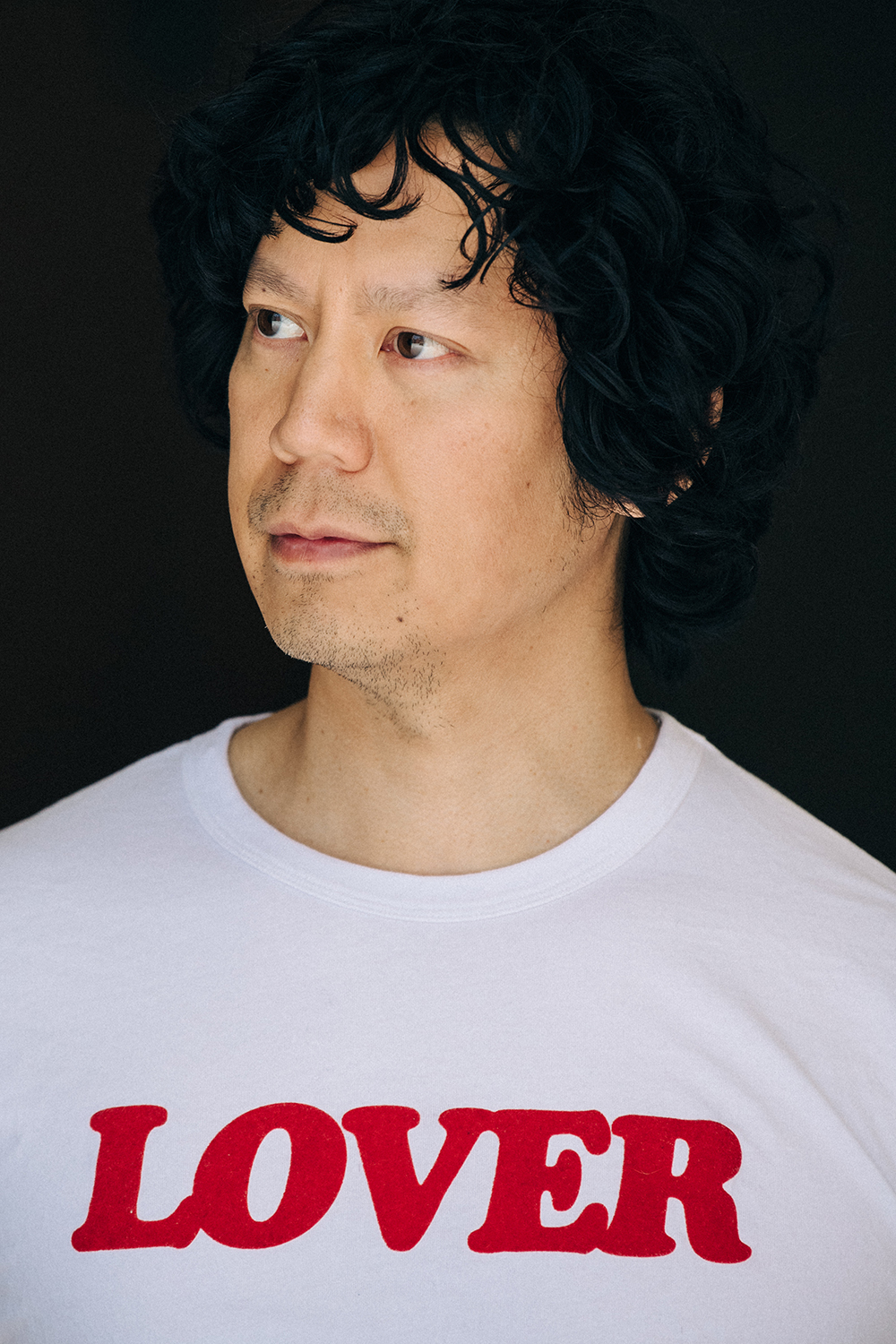
Has your approach to finding subjects changed at all over the years? In terms of who you’re looking for, or what you’re looking for?
I get more cynical. People are dressing, generally, better now than they were when I started. I think that the style has grown up. I get pickier because I’m more jaded. I’m just oversaturated. But I still go into it with a pretty open mind, and just try and document what’s going on. I consider myself – or, well, I like to consider myself – to be somewhat of a photojournalist in that sense. I want to show people the story. So I can’t only shoot what I like, exclusively. I also have to shoot what’s ridiculous as well. I have to shoot the ridiculous peacocking people outside of a show, who aren’t even going to the show. They’re just there to have their photo taken. Because that’s important; that’s part of the landscape. Even though it might be tragic, that is still part of the landscape, so it should be shown. It should be documented in some way.
Is there anyone you won’t shoot? If they’re clearly trying too hard to get their picture taken?
Generally speaking, yes. You’ll see people who are “on the phone” but [you can see] it’s just their home screen. And sometimes we’ll take pictures of that and put it on our [Instagram] Story, like, “Yeah, good one.” I try and be as aware as possible. There are certain people that we know aren’t going to the show, who are always “just too late.” “Oops.” And it’s like, “Wow, you’ve been late to every show. Weird. You’d think that if you missed this one, you’d make it to the next one.” But I mean, do your thing. If that’s your brand, then that’s your brand. And it might work. Fake it ‘til you make it, right?
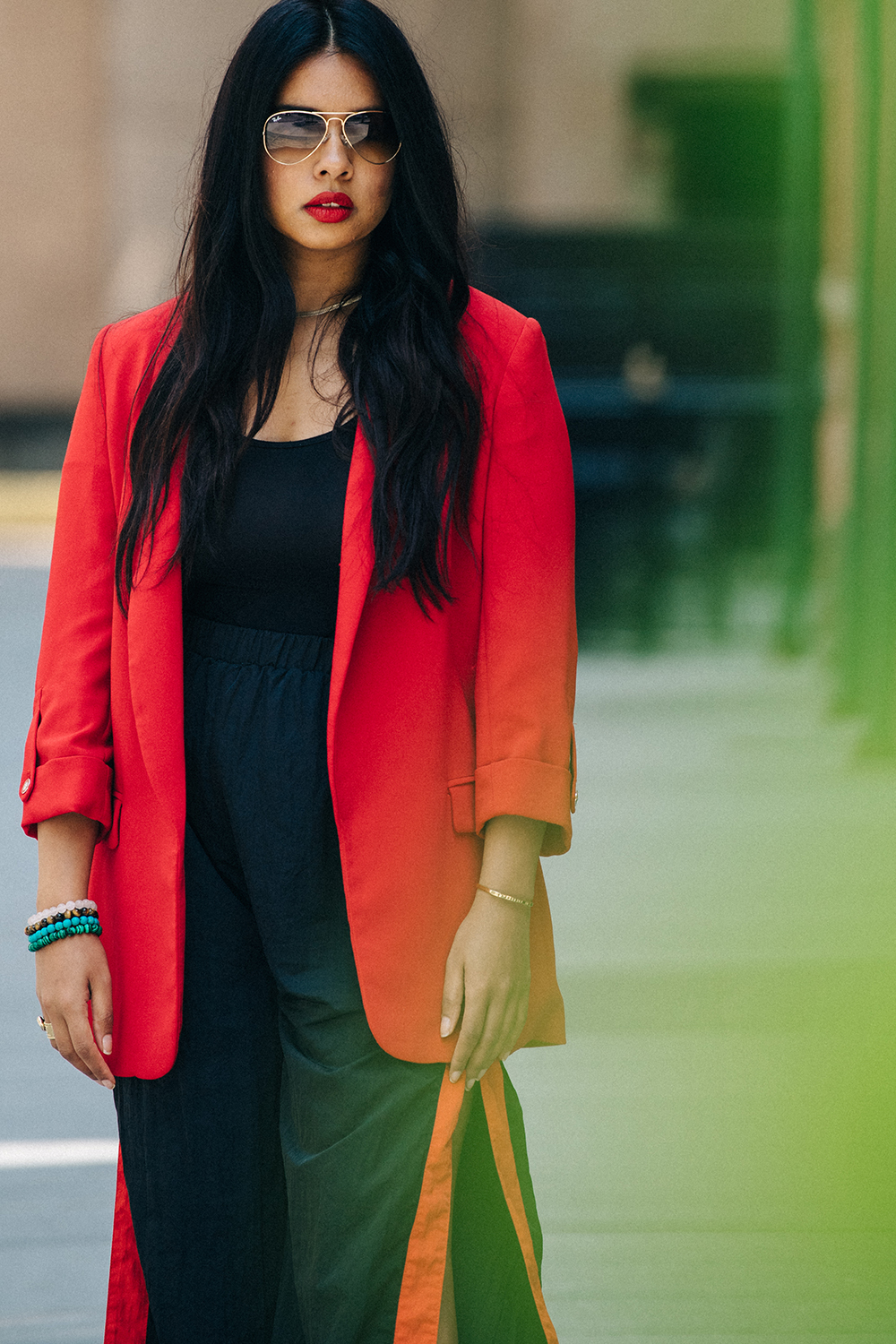
You mentioned getting more jaded. How’s your relationship to fashion evolved as you’ve become more a part of the industry?
I just think that I don’t care as much. I’m definitely still excited when I see new things, but I don’t care as much as I used to. Which I think is good, because I’m not, like, drinking the Kool-Aid. But also, fashion has changed. It’s become more banal. It’s garbage. There’s just so much shit out there now.
How many brands are there that look kind of like old Céline? You see these girls who are, yes, well-dressed, but it’s some Australian brand that looks just like Céline, or it’s some Scandinavian brand that looks just like Céline, and Acne can look like Céline in some situations. And it’s like OK… Not terribly interesting. I’m just using Céline as an example, obviously, but it’s just not as interesting. You get overstimulated. You’re numb to a certain extent.
So how does the industry move past that?
People will burn out. Same way that people will burn out on street style. Now that there’s 500 photographers outside of a show, people care less and less, because they’re overexposed [to it]. There’s nothing more of a bummer than buying the new hype sneaker that comes out, getting home, opening the box, opening your iPhone to take a photo of it for Instagram, and then Highsnobiety posts “New colorway out tomorrow!” Of the same shoe you just bought. And you’re like, “Well, now mine’s already fucking outdated. I just stood in line for four hours!”
I don’t queue, thank God. But how many days can you take off work to queue outside a Supreme before you’re homeless? [Laughs.]
And also, who cares? Supreme could make literally every single thing for your house, as well as every single thing for your closet ten times over, and at a certain point, you realize that you’re just living somebody else’s life, right? It’s just fucking boring, man. I always use this analogy: if you buy a Ferrari, it’s probably really fucking exciting to drive for the first week, then all of a sudden, you’re realizing, Man, I’m stuck in traffic. Yeah, I’m in a Ferrari, but I’m still stuck in traffic. It doesn’t matter what car I have. I’m just sludging through the same shit.
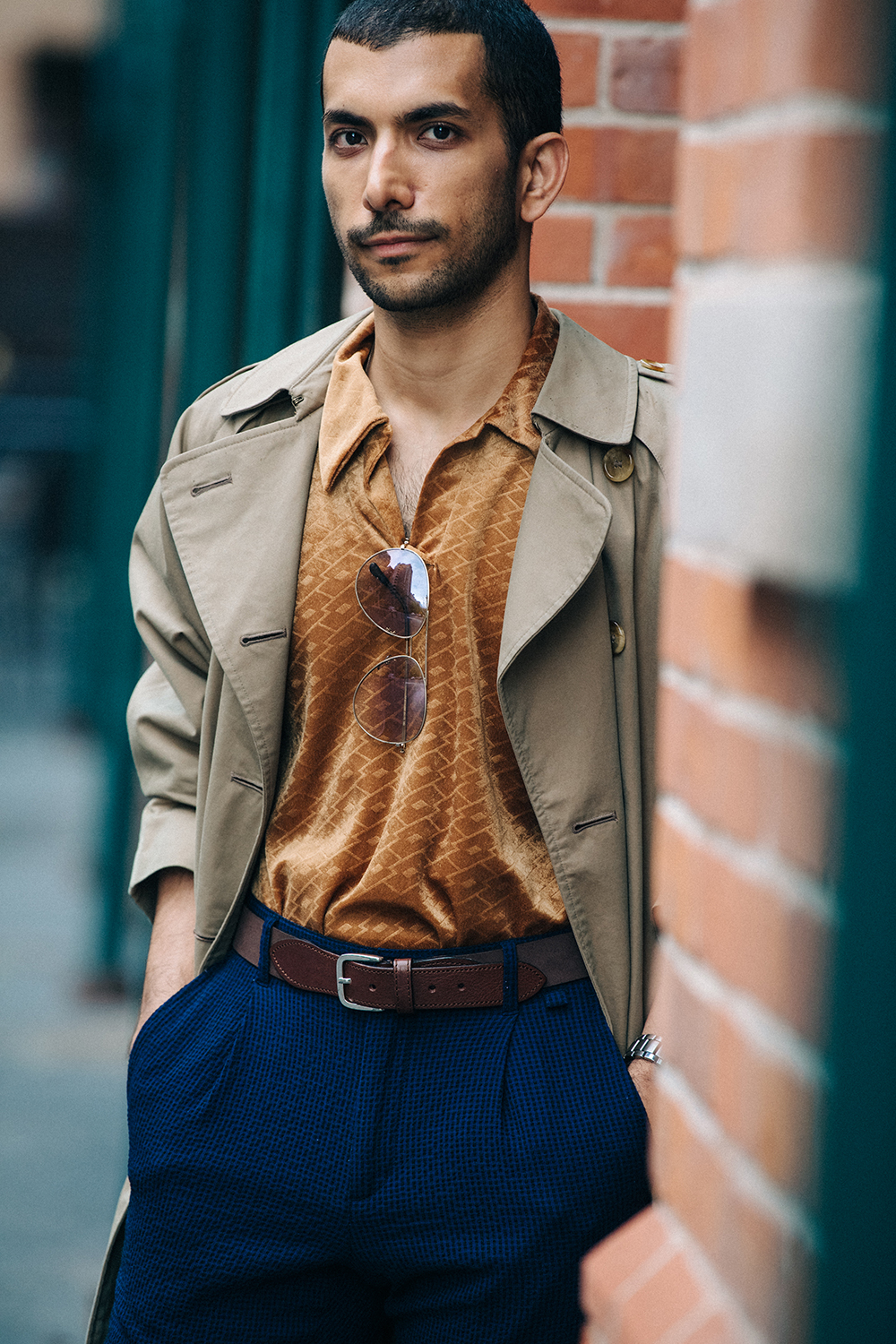
You’re still the same you.
You’re still the same you. It’s like when I moved to Paris. I moved to Paris for school and the first two months were super exciting, and then I just realized, I’m doing my laundry, I’m checking my email, I’m going to the post office, I’m going to school. Taking a shit. It’s the same thing, no matter where you are. Paris is really fucking lovely when you’re going to museums every day. But as soon as real life sets in… it’s not really that interesting. You become jaded to anything. I go back home now to where I’m from, Tacoma, and I see the landscape, Mount Rainier in the background, and I’m just like, Whoa. I never saw that before. When I lived here. You have to step away from it, then come back.
So people will burn out, they’ll go do something else, and then fashion can become interesting again, because the client base won’t be there, so people will really have to try. It’s like music. There’s so much garbage out there, and then somebody like James Blake or Bon Iver will do something that you’ve never heard, and you’re just like, Whoa, music is amazing. And then you actually have something that speaks to you. And there’s a few designers that do that, but most people are just trying to sell clothes.
Have you found that with your own personal style too? Do you care less about it now than when you started?
Oh yeah. Totally. I wear clothes that I still like the aesthetic of, but that actually work for what I do. Whereas I used to run around in leather jackets and super-stiff jeans and black side-zip boots that you couldn’t run in. And proper hats. Now I wear baseball hats, GORE-TEX and PrimaLoft. Denim. Levis that I can throw away when they bust out. Sneakers. Shit that, yeah, I’d be bummed if I tore it. Or lost it. But it’s not so precious. Or if it is precious, it at least serves a purpose of protecting me from the rain, things like that. You just realize that half the stuff that you’re being sold, you don’t need it. Which is a total bummer. But people still buy it, man. So, again, good for them if they’re pulling the wool over their eyes.
